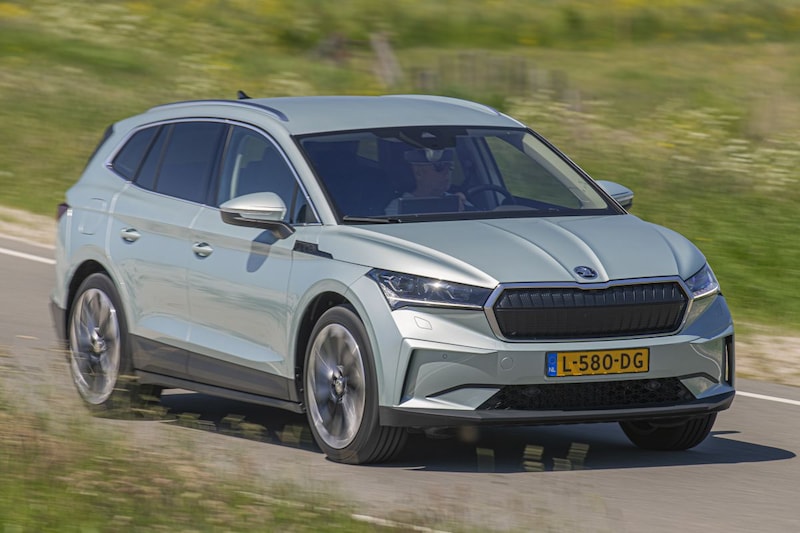
It was not such a very exciting Prinsjesdag in the car field. Nevertheless, a few things will change in the coming year that will definitely affect car sales.
For example, the addition for electric cars increases. Now we are still at 12 percent, but that will be 16 percent. It was originally 17 percent, but by hanging and strangling the car lobby managed to get a percentage point off. You will save a tenner a month for five years. More importantly, the maximum amount for the addition discount will be reduced from €40,000 to €35,000. For everything above that, the full amount of addition is calculated. The combination of those two aspects makes a big difference. With the boom of new high-end EVs, such as the Tesla Model Y, the Hyundai Ioniq 5, the Skoda Enyaq and the Kia EV6, there is a large group of people who are biting their nails whether their car will be delivered before January 1, 2022.
What’s the matter? At a new price of €60,000, the net addition increases from €291 to €351 per month if you have it registered on January 2 instead of December 31. For five years, a total of €3,600. That’s not nothing. More important, however, is that petrol cars suddenly become attractive again as a lease car, because instead of such a thick Skoda Enyaq of 60 mille, you can also drive a nice Kodiaq 1.5 TSI for 50 mille. The net addition? Exactly €348 per month. Let’s look down a segment as well. A nicely decorated Peugeot e-2008 will cost you €40,000. Next year that will be €212 net per month in addition. For only €30,000 you can drive a not bad 130 hp 2008 with the 1.2 petrol engine and that will cost you €209 per month. Moreover, you never have to deal with range-anxiety and the car also drives better.
The additional cost of an EV has been compensated enough to date, but that advantage is now disappearing very quickly. As it always happens with government, we see the balance shifting too quickly. The zero percent addition was always unnecessarily low. At the time, the cabinet could have started with an addition of two or three percent to go on to something like seven percent and then an additional percentage a year or so. But after years of too little addition for plug-in cars, the cabinet is now completely going the other way and the government is already pricing electric models (given the additional price thereof) almost equal to petrol variants. Now some of the EV drivers will never return to a petrol car, because they simply like an electric car, but another part is more calculating and goes back unscrupulously to a fine petrol car without being overweight.
Let’s look at the private market. The government has taken fewer strange decisions in that regard. For example, the subsidy – which I still think is much too high given the BPM exemption that already exists – will decrease slightly per person and some discount budget will be raised, so that in 2022 there will be a purchase subsidy for four times as many new EVs. Sensible, given the run at the beginning of this year. It remains strange that the government wants to spread the budget over several years, but that’s okay. Of course, this means that every (smart) private individual will postpone the purchase of an EV to January. So where we will once again experience a final sprint in the business car market at the end of this year, we will only experience that sales boost with private individuals in January. These movements are hardly visible in the total figures, so that an inattentive politician (you could almost call that a pleonasm) will not notice the effect of his policy, should the business market for electric cars indeed come to a complete standstill in 2022. I’m curious.
– Thanks for information from Autoweek.nl